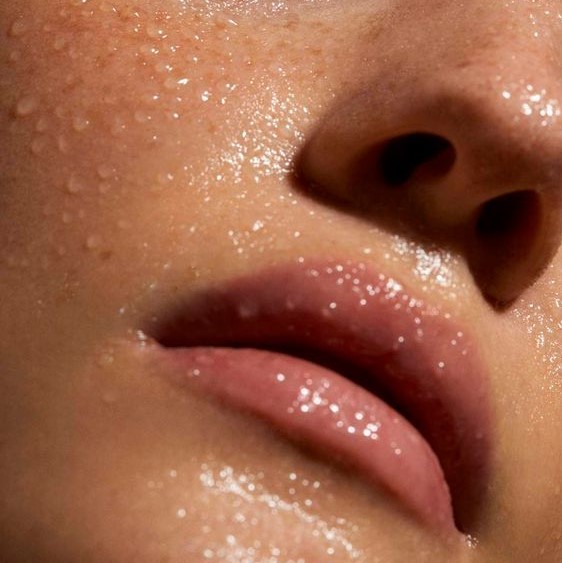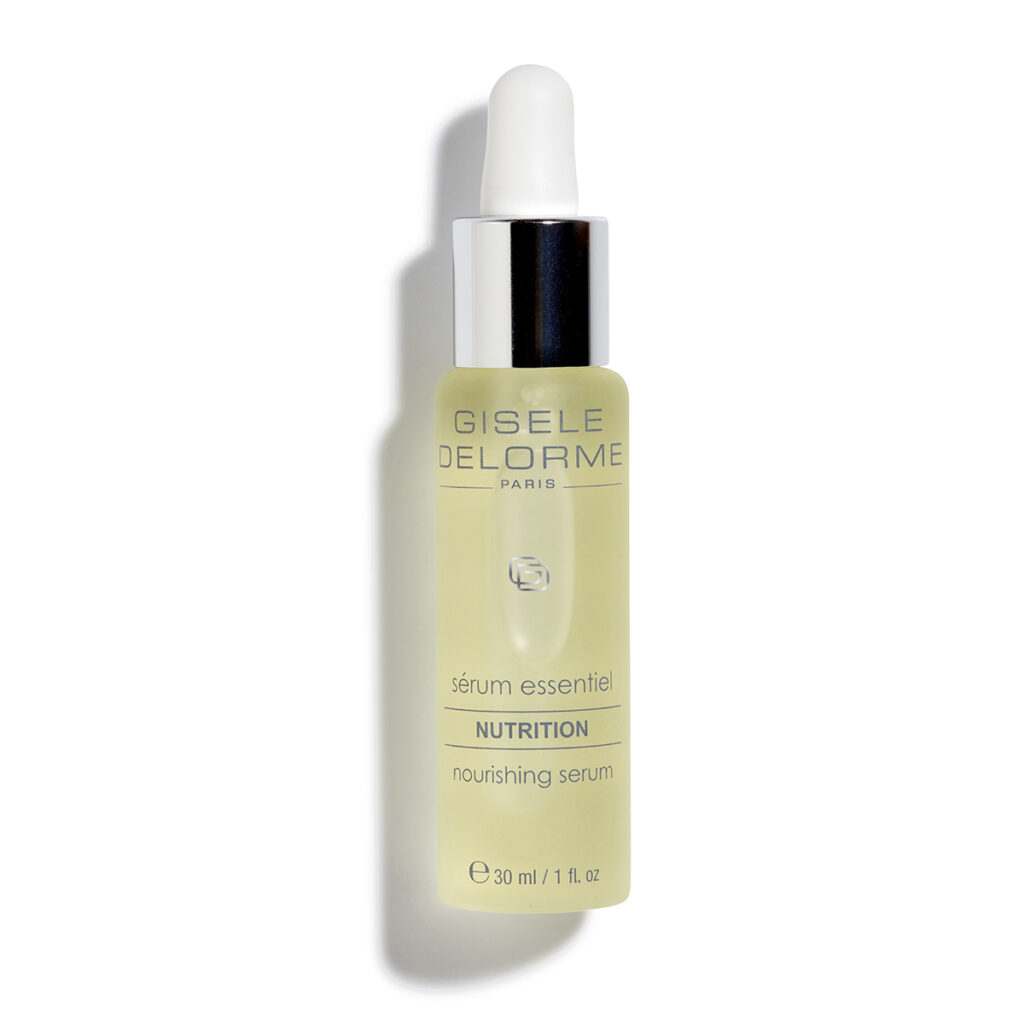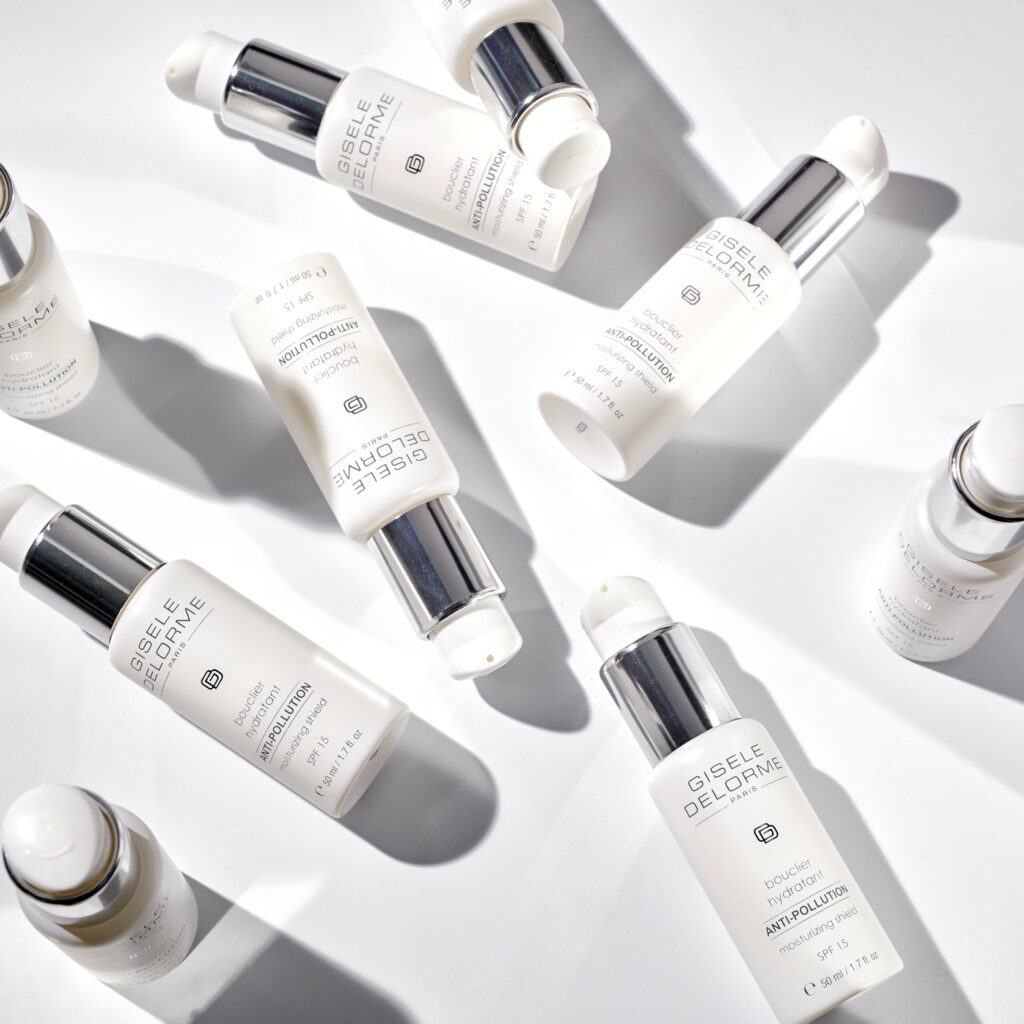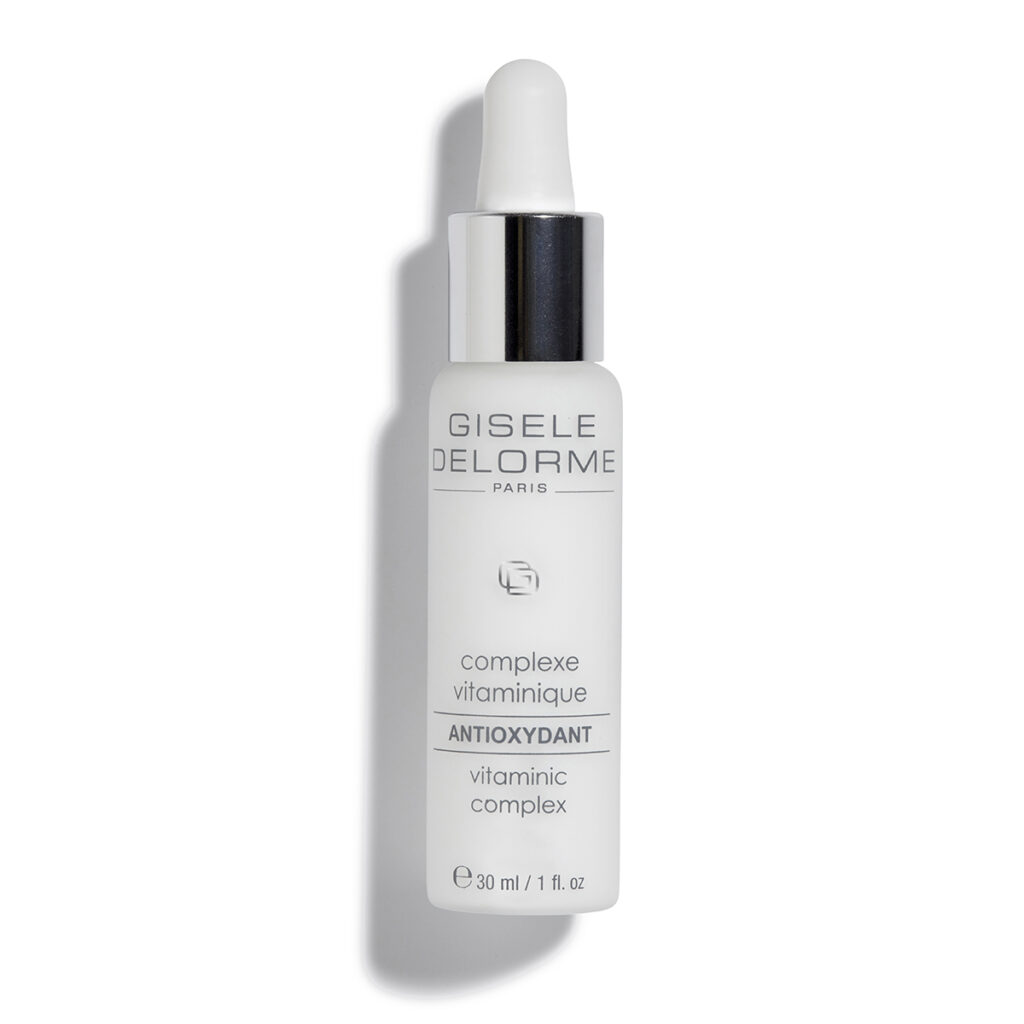Dehydrated Skin vs. Dry Skin: Diagnosis and Treatment
The health of our skin plays a crucial role in our appearance and overall well-being. Two common issues that many people encounter are dehydrated skin and dry skin. While they may exhibit similar symptoms, it is essential to understand their differences for accurate diagnosis and effective treatment. We will explore the distinct characteristics of each condition and help you choose the use of a serum to address them.
Dehydrated Skin vs. Dry Skin: What Are the Differences?
Dehydrated Skin:
Dehydrated skin is a condition in which the skin lacks hydration, i.e., water. It can affect all skin types, including oily skin. Common signs of dehydrated skin include:
- Fine lines and more pronounced wrinkles.
- A sensation of tightness, dryness, and discomfort.
- A dull and tired appearance.
- Increased sensitivity.
Dehydrated skin is often caused by factors such as an unbalanced diet, excessive sun exposure, extreme temperatures, or the use of inappropriate skincare products.
Dry Skin:
Dry skin is a condition in which the skin lacks lipids, i.e., natural oils. It is typically linked to genetic factors and is more common in people with naturally dry skin. Common signs of dry skin include:
- Persistent itching.
- Redness and flakiness.
- A rough sensation.
- Cracks or fissures.
Dry skin can be exacerbated by environmental factors such as cold wind, dry air, and central heating.
How to Diagnose Your Skin Type:
It is essential to accurately diagnose your skin type to select the appropriate products and treatments. Here’s how you can do it:
- Visual Examination: Examine your skin closely to spot the aforementioned signs. Dehydrated skin tends to show fine lines and a dull complexion, while dry skin tends to exhibit redness and flakiness.
- Listen to Your Skin: Notice how your skin feels after cleansing. If it feels tight and uncomfortable, it is likely dehydrated. If it feels rough and itchy, it is likely dry.
- Consultation with a Professional: If you have doubts about your skin type, please do not hesitate to contact us.
Treating Dehydrated and Dry Skin with our Essential Serums:
Gisèle Delorme serums are ultra-concentrated skincare products that effectively target skin problems. Here’s how to use them to treat dehydrated and dry skin:
Dehydrated Skin:
To treat dehydrated skin, opt for the hydrating serum. Our serum is rich in moisturizing ingredients and minerals such as hyaluronic acid, glycerin and laminaria algae. Here’s how to use them:
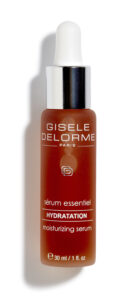
- Cleanse Your Face: Start by gently cleansing your face with a mild cleanser. We recommend a cleansing milk for sensitive skin or a purifying foaming cream for oily and/or acne-prone skin. Always finish by rebalancing your skin’s pH with the active lotion, personalizing it with the moisturizing active concentration.
- Apply the Moisturizing Serum: Apply a few drops of the hydrating serum to your clean, slightly damp face.
- Gently Massage: Massage the serum into your skin using light circular motions.
- Wait for Absorption: Allow the serum to be absorbed by your skin before applying a moisturizer to lock in the hydration like the energizing
- cream, with its ultra-light, shimmering texture, ideal as a day cream for all skin types.
Use our moisturizing serum in the morning and evening to maintain optimal hydration.
The additional helpers:
> Remember to eat water-rich seasonal fruit and vegetables.
> Avoid eating too much salt.
> Protect yourself from the sun, even in winter.
> Don’t forget to drink regularly: at least 1.5L a day.
Dry Skin:
To treat dry skin, opt for the Nutrition Serum. Our serum is formulated with plant oils such as hemp seed oil, apricot kernel oil and evening primrose oil to deeply nourish, repair and soften the skin. Here’s how to use it: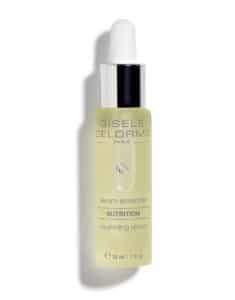
- Cleanse Your Face: Start by gently cleansing your face with a mild cleanser. We recommend cleansing milk. Always finish by rebalancing your skin’s pH with an active lotion, personalizing it with a moisturizing or soothing active concentration.
- Apply the Nourishing Serum: Apply a few drops of the nourishing serum to your clean, slightly damp face.
- Gently Massage: Massage the serum into your skin using light circular motions.
- Wait for Absorption: Allow the serum to be absorbed by your skin before applying the ultra-rich repair cream if necessary.
Use our nourishing serum in the evening to restore the skin barrier overnight.
The additional helpers:
> Favor foods rich in fatty acids and Omega 3 such as salmon, cod liver oil, sardines, etc.
> Drink mineral water as much as possible and opt for herbal teas, tea or coffee.
> Avoid showers that are too hot, as they dry out the skin even more.
> Protect yourself from the sun, even in winter.
> Don’t forget to moisturize your lips.
In conclusion, correctly diagnosing your skin type, whether dehydrated or dry, is essential to choosing the right skincare products. Moisturizing and nourishing serums can play a key role in maintaining skin health, providing essential hydration for dehydrated skin and deep nourishment for dry skin. We are always on hand, along with our skin care professionals throughout France and internationally, to advise you.



